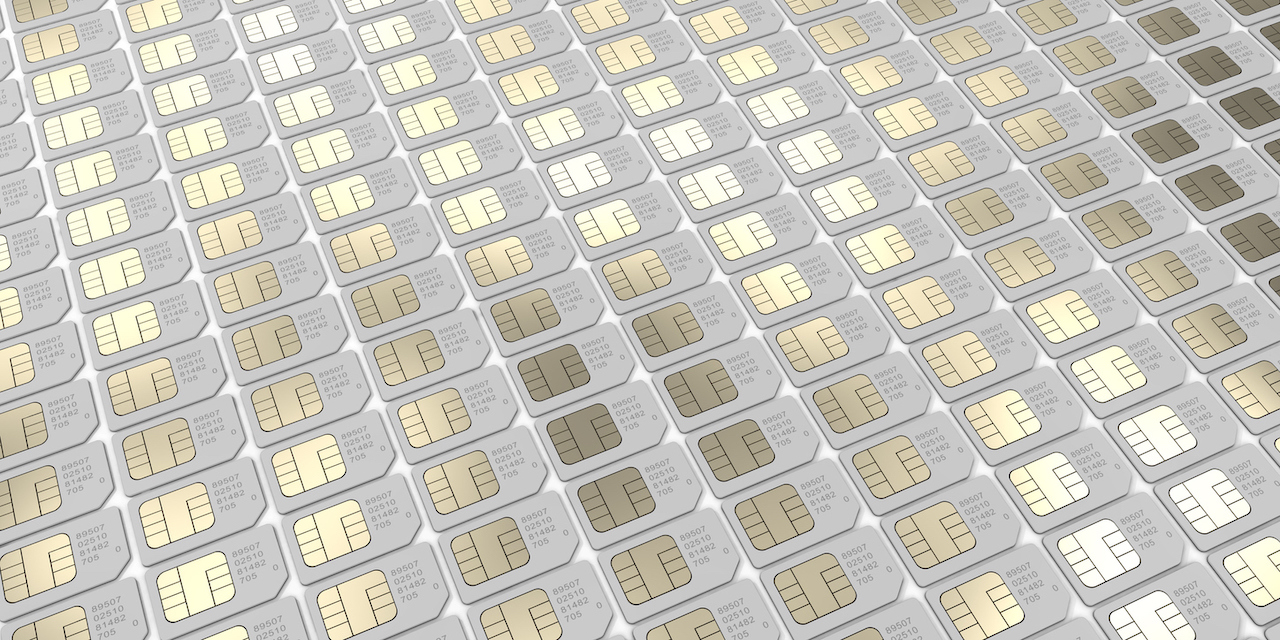
- December 2025 (1)
- November 2025 (2)
- October 2025 (3)
- September 2025 (3)
- August 2025 (3)
- July 2025 (2)
- June 2025 (3)
- May 2025 (3)
- April 2025 (3)
- March 2025 (2)
- February 2025 (1)
- December 2024 (2)
- November 2024 (1)
- August 2024 (2)
- June 2024 (3)
- May 2024 (3)
- April 2024 (1)
- March 2024 (3)
- February 2024 (2)
- January 2024 (2)
- December 2023 (1)
- November 2023 (2)
- October 2023 (2)
- September 2023 (1)
- August 2023 (1)
- July 2023 (2)
- June 2023 (3)
- May 2023 (2)
- March 2023 (4)
- January 2023 (2)
- November 2022 (2)
- September 2022 (1)
- August 2022 (2)
- July 2022 (2)
- June 2022 (1)
- May 2022 (1)
- April 2022 (3)
- March 2022 (1)
- February 2022 (3)
- January 2022 (2)
- December 2021 (1)
- November 2021 (1)
- October 2021 (2)
- September 2021 (3)
- August 2021 (1)
- July 2021 (3)
- May 2021 (2)
- April 2021 (2)
- March 2021 (2)
- February 2021 (3)
- January 2021 (3)
- December 2020 (1)
- October 2020 (1)
- August 2020 (1)
- August 2019 (1)
- January 2019 (2)
- September 2018 (5)
- June 2018 (1)
- November 2017 (1)
- September 2017 (1)
- July 2017 (1)
- May 2017 (1)
- January 2017 (1)
- October 2016 (2)
- August 2016 (1)
- July 2016 (1)
- June 2016 (1)
Subscribe by email
The IoT SIM card (also known as an M2M SIM) is a variation of the traditional SIM which connects mobile phones to cellular networks and stores user information. The primary difference is that an IoT SIM card is intended to support IoT devices, with their unique data consumption rates/check-in rates and network requirements, rather than mobile phones.
With the exponential growth of the Internet of Things (IoT), there was a need for carriers to optimize how they route internet traffic and managed devices to accommodate the huge number of IoT devices coming online. Here’s what you need to know about IoT SIM cards and the considerations for using them.
What Are IoT SIM Cards?
An IoT SIM card is an IC (integrated circuit) chip encased in protective plastic with a processor equipped with electronically erasable, programmable read-only memory (EEPROM), read-only memory (ROM), and random access memory (RAM). The SIM stores specific information about the device allowing authentication across devices, tracking locations, managing the data network, and monitoring data usage.
A traditional SIM card stores authentication credentials that allow devices like mobile phones or tablets to connect to cellular networks. An IoT SIM card does the same thing, but for non-traditional devices that make up the Internet of Things, such as cameras, drones, cellular routers, and industrial machines. It provides a link between connected devices and the cloud. Collected data can then be aggregated and accessed through an IoT management platform.
IoT SIM Cards and Regular SIMs: What's the Difference?
While regular SIMs and IoT SIMs function in much the same way, there are some differences. Here are the key similarities and differences between SIM cards and IoT SIM cards.
1. Contract Terms
SIMs are bound to a particular carrier and whatever roaming agreements they have in place with other carriers. They’re governed by rigid contractual terms established by network operators, high roaming charges for devices in different countries, and complex inventory logistics. It’s important to ensure devices get the right SIM.
IoT SIMs are designed to be managed at scale with flexible contract terms for billing. This provides for benefits like different billing options based on usage, the ability to modify a subscription. IoT SIMs also allow access across multiple local networks, prioritizing the best one available. It’s important to note that IoT SIM providers offer different types of coverage in their contracts — you’ll want to be sure your coverage includes the coverage you need.
2. Management from the Carrier Platform Perspective
Cell phones often have user interfaces for things like data usage, network status, and settings. IoT devices generally don’t, so network operators supply customers with these insights along with the ability to manage options for data usage and connectivity. A regular SIM used for cell phones wouldn’t have the functionality to provide management platforms with this type of information.
3. Access and Security
SIM cards assign an IP address to the device that gets modified when it establishes a data connection. The carrier platform that is used to set up the SIM determines whether the IP address that is assigned will be dynamic or static. Some industrial IoT use cases can require unique workaround solutions like using an IoT SIM card with a private static IP address so the device can be accessed remotely to do things like change configurations, analyze data and log files, and execute commands. While those are not typically recommended based on the latest IoT deployment best practices, experienced providers like Zipit can work with you to determine the best solution for your IoT rollout.
4. SIM Form Factors and Durability
Both SIM cards share nano, micro, and mini form factors. IoT SIMs can also be MFF2-embedded SIMs that are soldered onto a device. These are smaller and provide more flexibility for various use cases and device design. They are also available in a more durable construction than traditional SIMs for use in environments subject to high temperatures, chemical exposure, and moisture.
What is an eSIM?
An eSIM is an embedded SIM card. Until recently, if you wanted to connect a device to a cellular network, your only option was a plug-in SIM card on the device where data is stored that provides access to the network and other functionality. In the future, more companies will have access to new technology called an eSIM, or non-removable embedded SIM.
Learn more about SIM Card Types and Sizes
Device Considerations for IoT SIM Cards
eSIMS provide instant connectivity, enabling shifting between networks easily and without a physical change to the device. And they’re specifically built to accommodate IoT devices, with size constraints, various use cases that include the potential for shaking, as well as power consumption or carrier requirements. They are also smaller, providing a lot more flexibility for the devices. eSIMs are also more secure as they are embedded in the device, and they aren’t swapped out as traditional SIMs are.
Of course, there are downsides to eSIMs. They are not removable or easily replaceable. However, eSIMs are proving to be revolutionary in IoT, and they are something to watch as they continue to evolve.
You may also like: Automatic vs. Manual Network Selection–Which Is Best for Cellular Devices?
How to Choose an IoT Connectivity Partner
Choosing the right connectivity partner is essential to your success in the IoT industry. You’ll want to select a company with the technical chops and business know-how to suggest the right solutions for your business.
When it comes to SIM cards, some providers may suggest using a global IoT SIM. Though it sounds appealing on the surface, we don’t typically recommend global SIMs, and here’s why — though a single global SIM may add some early convenience, there are often deeper coverage issues and hidden costs that generally make global SIMs less desirable for businesses over the long term. Instead, we often recommend multi-carrier IoT SIMs. Our IoT connectivity platform can manage the operational complexities of this approach so you can offer your customers the best connectivity options available, without complicating your device deployments.
How to Choose an IoT Data Plan
There’s a lot to consider when you’re choosing an IoT data plan. At a high level, pricing, flexibility, coverage, management, and support are things you’ll want to evaluate. However, you’ll need to dig deeper based on your specific needs.
Learn more: How to Choose an IoT Data Plan and Which Option is Right for You?
IoT SIM Cards Power Connected Devices
IoT SIM cards enable IoT networks’ functionality, and they will continue to evolve as technology advances. Selecting an IoT connectivity partner who understands the technology’s nuances will help you find the best solutions for your business.
To learn how we can help your company connect with the most effective IoT technologies, contact us.
You might also like:
- IoT SIM Management Tips for Device Makers
- 5G and IoT: What It Means for Connectivity
- What are ICCID & IMEI Numbers?
- What Is a Multi-IMSI SIM and How Does It Work?
Related Content
The latest IoT insights and platform updates from Zipit.
As billions of connected devices continue to shape modern life, IoT manufacturers ...
The Internet of Things (IoT) is transforming how businesses operate, compete, and ...
IoT asset tracking unlocks real-time awareness, predictive power, and operational ...


